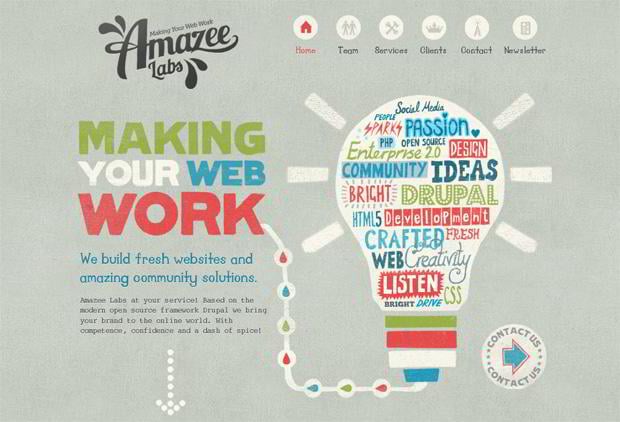The Development Of Site Style: From Past To Existing
The Development Of Site Style: From Past To Existing
Blog Article
Authored By-Hartley Peters
In the past, web sites were easy and concentrated on info. Navigation was direct, and design was for desktop computers. Now, individual experience is key. Data guides layouts for very easy navigation. Receptive formats fit different tools. Today, dark mode reduces pressure, and minimalist food selections enhance navigation. Interactive features involve customers, and vibrant visuals attract attention. AI combination improves involvement. See how design has actually advanced to boost your on-line trip.
Very Early Days of Web Design
In the early days of website design, simpleness preponderated. Websites were standard, with minimal shades, font styles, and formats. The emphasis got on supplying info as opposed to fancy visuals. Individuals accessed the web via slow dial-up connections, so speed and capability were vital.
Navigation food selections were straightforward, typically situated on top or side of the web page. Web sites were made for desktop, as mobile browsing had not been yet widespread. Material was king, and designers focused on very easy readability over intricate style components.
HTML was the key coding language used, and developers needed to work within its restraints. Computer animations and interactive attributes were minimal compared to today's criteria. Internet sites were fixed, with little vibrant material or tailored user experiences.
Surge of User-Focused Layout
With the advancement of web site design, a shift towards user-focused design concepts has ended up being progressively popular. Today, developing websites that prioritize individual experience is important for engaging visitors and attaining service objectives. User-focused style involves understanding the requirements, preferences, and actions of your target market to customize the website's format, web content, and features appropriately.
Developers now carry out comprehensive research, such as customer surveys and functionality screening, to gather insights and comments directly from customers. This data-driven strategy helps in developing user-friendly navigating, clear calls-to-action, and aesthetically appealing interfaces that resonate with site visitors. By putting the user at the center of the layout procedure, web sites can supply a much more tailored and enjoyable experience.
Receptive design has actually likewise emerged as a key facet of user-focused style, making sure that sites are maximized for various gadgets and display sizes. This flexibility enhances access and use, dealing with the diverse methods individuals engage with websites today. Fundamentally, the surge of user-focused layout indicates a change towards creating electronic experiences that focus on the needs and assumptions of completion individual.
Modern Trends in Web Design
Explore the most recent patterns forming web design today. One prominent fad is dark setting design, using a sleek and modern appearance while reducing eye stress in low-light environments. An additional vital fad is minimal navigating, streamlining menus and enhancing customer experience by focusing on essential elements. Integrating micro-interactions, such as computer animated buttons or scrolling effects, can create a more interesting and interactive site. Receptive layout continues to be essential, making sure seamless customer experiences across various gadgets. In addition, making use of strong typography and unbalanced designs can include visual passion and draw attention to specific material.
Integrating AI modern technology, like chatbots for consumer assistance or personalized recommendations, improves user involvement and improves procedures. Accessibility has also end up being a considerable trend, with developers prioritizing comprehensive layout methods to satisfy varied customer requirements. Embracing sustainability by maximizing internet site efficiency for rate and efficiency is another arising fad in website design. Working together with customer responses and information analytics to repeat and boost layout continuously is necessary for staying appropriate in the ever-evolving electronic landscape. By welcoming these modern trends, you can create an aesthetically attractive, straightforward web site that reverberates with your target market.
Final thought
As you review the development of internet site layout from the early days to now, you can see how user-focused style has ended up being the driving pressure behind contemporary fads.
Welcome straight from the source of adjustment and adjustment in website design, always maintaining the user experience at the leading edge.
Remain current with the current fads and technologies, and never ever quit advancing your strategy to produce visually spectacular and easy to use internet sites.
Develop, adjust, and produce - the future of web design is in your hands.
